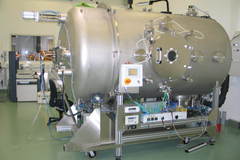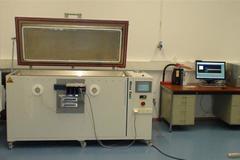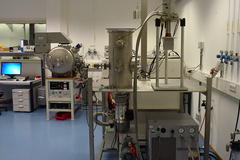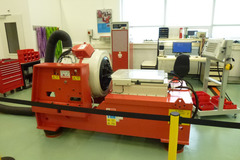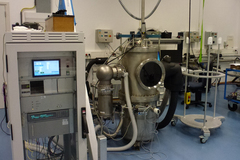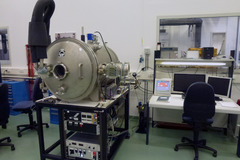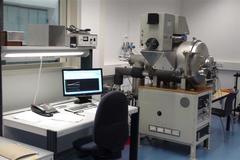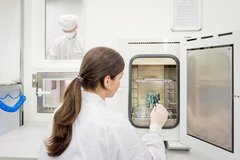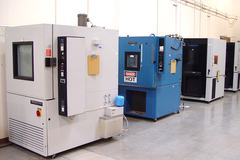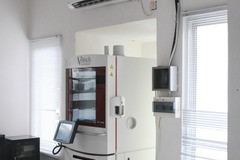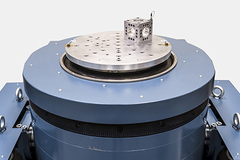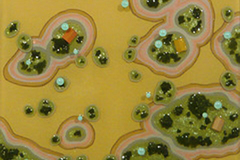Temperature and humidity testing is the umbrella term for different environmental tests such as high temperature testing, temperature cycling testing or moisture resistance testing. All of these tests serve different purposes and have different temperature and humidity conditions. For example, temperature and humidity cycling testing is conducted by exposing a component to extreme temperature highs, gradually lowing to temperature lows, and back up to temperature highs again. This cycle can be repeated thousands of times in the case of reliability testing.
Components and devices are subjected to temperature and humidity testing to determine the resistance and effect of a part to environmental extremes. Again, depending on the type of test, the purpose will be different. Moisture resistance testing, for example, will measure the amount of moisture absorbed and surface wetting from the device. This can help determine deterioration, corrosion, or detrimental changes to the device.
Environmental testing labs will have a temperature and humidity chamber capable of maintaining the required conditions and cycles. A device to monitor the temperature conditions is usually required. Also, measurement device for electrical or optical components are needed for in-test or after-test measurements.
Any component that needs transporting will be subjected to some degree of high temperature. Whether it is road, rail or ship transport, all parts will be exposed to some sort of dry or humid high temperature. It is common to conduct low temperature testing for these products as well.
Many standards and specifications require some sort of temperature or humidity testing. One example is humidity testing from the DoD environmental testing standard MIL-STD-810. Humidity testing per MIL-STD-810 has different humidity procedures depending on the operation or natural exposure of the device. A walk-in chamber is sometimes needed for large equipment or when a test requires people. Such is the case in GR-1081 which is a requirements document for spliceable fiber optic connector testing.
Experior Laboratories’ environmental testing range from small to large temperature chambers with and without humidity control. Temperature chambers range from -170°C to +300°C and 5%RH to 98%RH. All chambers feature port holes for routing supply lines and/or signal cables to and from the equipment under test and all are equipped with electronic data acquisition monitoring to allow real time charting of climatic conditions through data files and spreadsheets.

